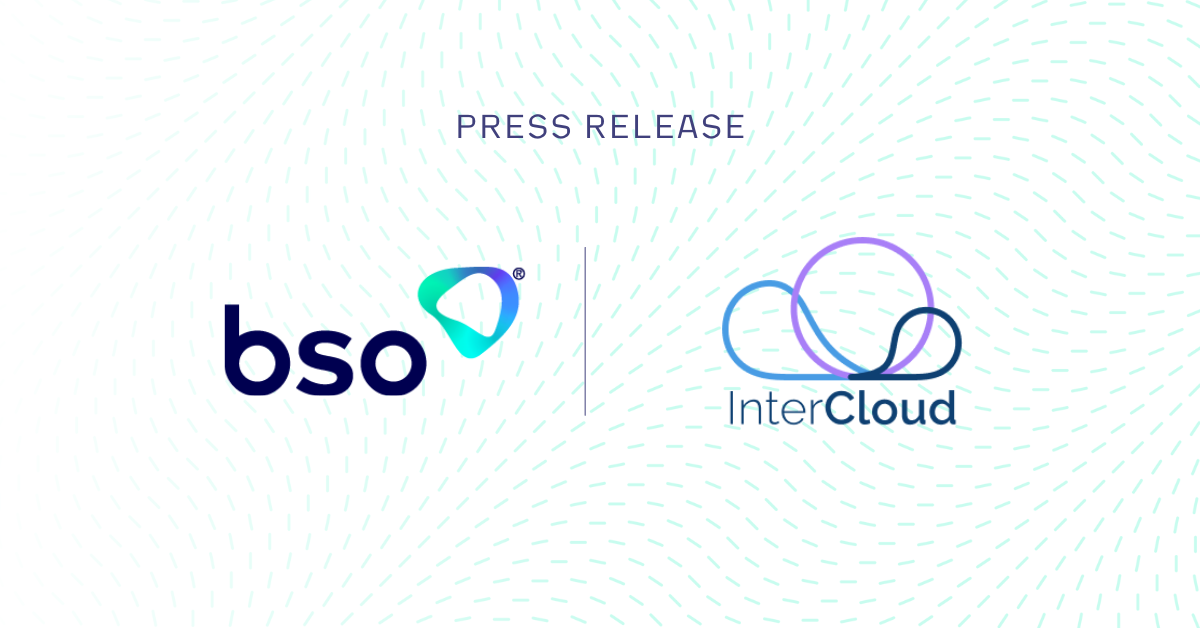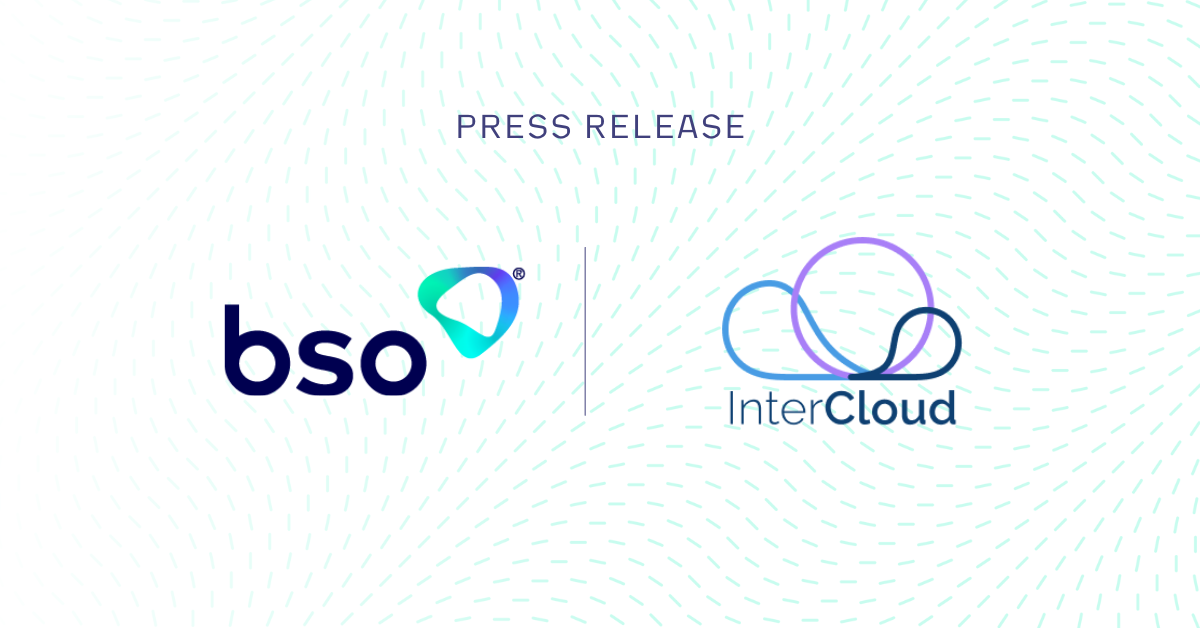
In a rapidly evolving (and increasingly decentralised) digital economy, a reliable crypto infrastructure is essential for ensuring the security and legitimacy of digital assets and financial transactions.
If you were to build a digital currency ecosystem that is practical, secure, and user-friendly, then a reliable crypto infrastructure is the necessary backbone. The primary components of such an infrastructure may include robust blockchain technology, secure wallet solutions, resilient network architecture, and rigorous encryption protocols.
What is Crypto Infrastructure?
Crypto infrastructure is the combination of hardware, software, and network components needed for the smooth functioning of cryptocurrency applications and blockchain networks.
The first step needed for building a robust crypto infrastructure is to decide on the specific use case. Every organisation has different needs, so defining your use case will help determine what type of infrastructure needs to be built and what components are most essential.
Some common use cases might include:
-
Smart contract deployment
-
Data authentication or verification
-
Smart asset management
-
A combination of all the above
It might also involve providing users with a viable alternative to traditional, centralised financial architectures, which can often be slower and less secure than the blockchain option.
Infrastructure Needed for Cryptocurrency
The five core elements needed for building a robust crypto infrastructure are:
-
Node: This is a computer that maintains and validates a copy of the complete blockchain ledger.
-
Block: This is a single unit of the data structure which contains a set of transactions and is linked to the previous block, forming a chain.
-
Chain: This is a decentralised ledger made from an interconnected series of blocks, which records all the transactions on the network.
-
Transaction: The smallest unit on a blockchain network, a transaction typically involves the exchange of cryptocurrency tokens and is recorded as an entry in the ledger.
-
Consensus: The mechanism by which participants agree on a set of rules and arrangements to ensure the integrity, security, and validity of transactions on the blockchain network.
While a robust blockchain ecosystem can give you transparent, immutable, and decentralised transactions that traditional financial systems can’t, blockchain does require some serious, high-performance hardware.
The exact requirements will depend on the specific use case, but any hardware that can support a blockchain network must have three core characteristics:
-
High-performance computing power and capabilities
-
Scalability to allow for the growth of the network
-
System redundancies that can help protect data
Powerful ASIC miners and processors are some of the basic requirements. A reliable and consistent supply of electricity is also a must since crypto infrastructure can consume a lot of power. Additionally, significant storage capability will be needed for the data-heavy blockchain system.
Crypto Foundations
A crypto foundation is a non-profit entity that supports specific blockchain ecosystems through financial as well as non-financial means. Some of the goals espoused by major crypto foundations include:
-
Community-building around a specific cryptocurrency
-
Supporting projects related to that cryptocurrency
-
Facilitating decentralised control over the currency and related projects
-
Hosting events to help create connections for such projects
For example, the Ethereum Foundation hosts various events and conferences to help researchers and developers interested in Ethereum learn more about it and connect with each other.
A foundation can also invest directly into a particular blockchain network through a grants programme or other more direct forms of investment. One example of this is the Solana Foundation Grants programme, which funds initiatives aimed at securing, growing, and further decentralising the Solana network.
In essence, crypto foundations are designed to bolster blockchain projects, help them evolve, and keep them as decentralised as possible.
The 5 Pillars of Cryptocurrency
The five pillars of cryptocurrency collectively help bolster the reliability and functionality of the cryptocurrency infrastructure being built. These five pillars are:
-
Decentralisation: One of the most basic features of crypto, decentralisation simply means that no single entity – be it a government, corporation, or nonprofit – will ever have complete control of the network. The distributed ledger technology ensures that the cryptocurrency is not vulnerable to any single point of failure, reducing the risk of fraud, cyber-attacks, or censorship.
-
Security: Crypto infrastructure companies use a wide variety of methods – including private key management, cryptographic techniques, network security measures, and unbreachable data storage – to protect the confidentiality and integrity of vital transaction data. This bolsters the crypto infrastructure by helping prevent fraud, hacking, etc. so that users can trust the network with their data and assets.
-
Scalability: This is the ability of a cryptocurrency to process high transaction throughput. This will allow it to smoothly handle the increasing number of transactions as it grows, without in any way compromising speed or performance. If the crypto infrastructure is not adequately scalable, that can lead to congestion, slow processing, and lower reliability overall.
-
Interoperability: This feature is essential for a robust, functional, and interconnected crypto infrastructure. Interoperability allows different cryptocurrencies and blockchain networks to communicate seamlessly with each other. It enables cross-chain transactions (the exchange of data and assets between two or more blockchain networks), thus expanding the utility of more than one cryptocurrency.
-
Governance: This is simply the decision-making structures and processes that facilitate the development of a blockchain network. It improves the cryptocurrency ecosystem over the long term by preventing centralisation of power, assisting with dispute resolution, and supporting the reliability and trustworthiness of the system. Amongst other things, blockchain governance may involve protocol upgrades and consensus mechanisms.
Three Types of Crypto Facilities
Below, we discuss the three types of crypto facilities; crypto exchanges, wallet services, and mining pools, and the role each type plays in a robust crypto infrastructure.
1. Crypto Exchange
This is an online platform – typically accessed via a mobile app or a desktop browser – that enables users to buy, sell, and trade various cryptocurrencies. The three main types of crypto exchanges are:
-
Centralised Exchange (CEX): These exchanges are operated through a central server owned by a single entity acting as a middleman between cryptocurrency buyers and sellers. They charge a fee and usually offer an intuitive and user-friendly trading interface, in return. As all funds are held in the servers of a single entity, this does make them vulnerable to malicious actors. They may also require users to share personal data to comply with KYC and AML, giving rise to privacy and security concerns.
-
Decentralised Exchange (DEX): These exchanges are not controlled by a central authority, instead making use of an automated system to enable peer-to-peer cryptocurrency transactions. They use blockchain technology – such as smart contracts – to facilitate the trading of crypto assets. This kind of distributed, decentralised hosting leads to better privacy, security, and lower transaction costs. However, the lack of a trusted intermediary can also result in low volumes and insufficient liquidity.
-
Hybrid Exchange: While these types of exchanges are a relatively new concept, they were designed to offer the best of both CEX and DEX. They offer the high governance standards and intuitive interface of centralised exchanges, along with the privacy, security, and low transaction costs of a decentralised exchange. They also allow buyers and sellers to have greater control over their funds and trade in a wide range of cryptocurrencies.
2. Wallet Service
A crypto wallet is essentially a device, program, or digital tool that allows you to store and manage your cryptocurrency keys and access your crypto tokens as needed.
Within the crypto infrastructure, wallets play a crucial role by providing secure storage and quick access to private keys. They make it easy to send and receive cryptocurrency in a manner that is both fast and secure. Crypto wallets can come in many different forms, including:
-
Hardware wallets
-
Software wallets
-
Online wallets
-
Custodial and noncustodial wallets
Each type has its own advantages and drawbacks, and the type of wallet that’s ideal for you will depend on your priorities and circumstances.
3. Mining Pool
When a group of cryptocurrency miners combine their computational resources to improve the chances of success in their endeavours, this is known as a mining pool. The three most prominent types of mining pools are:
-
Proportional mining pools
-
Pay-per-share mining pools
-
Peer-to-peer mining pools
These pools can help make a blockchain network more secure and decentralised, resulting in a more robust crypto infrastructure. However, crypto mining can prove prohibitively expensive for small, individual miners due to the steep resource and power requirements, namely expensive hardware and huge amounts of electricity. Mining pools can solve this problem by providing smaller miners with a way to effectively participate in the mining process. This also prevents a single entity or corporation from dominating the mining process of any single cryptocurrency.
How to Build a Blockchain Infrastructure
Building a blockchain infrastructure for any business will require a lot of time, money, and effort. The exact details might vary slightly depending on the needs and priorities of your business, but the key steps to building a reliable blockchain infrastructure are:
-
Identifying the need: Pin down the exact problem you’re trying to solve using blockchain, preferably by comparing your business needs to popular blockchain use cases. This will also help you build an effective product roadmap for resource allocation and deadline management, keeping your particular needs in mind.
-
Choosing a consensus mechanism: Next, you’ll have to decide on the consensus mechanism that’s ideal for your business needs. Some of the popular ones include proof of work, proof of stake, deposit-based consensus, and proof of elapsed time.
-
Choosing a platform: The platform you choose will have an impact on the cost of development and the skills you’ll require from your development team. Before finalising your choice, consider the project timeline, your budget, consensus mechanisms, developer needs, and the problem you’re trying to solve with blockchain.
-
Designing the nodes: For this step, you’ll need to make some crucial decisions, such as whether your business requires a permission or permissionless blockchain network. You’ll also need to figure out the programming language you’ll use, whether the blockchain nodes will run on-premises or on the cloud, the operating system on which the program will run, and whether it should be a public, private, or hybrid solution.
-
Building the APIs: At this stage, you’ll need to start building the application programming interfaces (APIs) for the wide variety of functions you might need. Depending on your business requirements, you could build APIs for audit-related functions, generation of key pairs, data storage and retrieval, smart contracts, and data authentication.
-
Finalising the user interface: At the end, you’ll need to design the user interface for the blockchain program as a whole, as well as for each software component within it. The technical designs will have an impact on the blockchain infrastructure, while the visual designs will affect the overall look and feel of the app.
Even after the blockchain infrastructure has been built and implemented, it’ll need to be monitored and maintained on a continuous basis for the best results.
Summary
When building a robust blockchain or crypto infrastructure, it’s important to define your organisational needs and use cases to guide how you will go about building your infrastructure. By keeping the key components of encryption protocols, secure wallets, interoperability, and high levels of decentralisation in mind, as well as the types of hardware and resources required, you’ll be well on your way to creating a crypto infrastructure that’s reliable and guarantees maximum ROI.
As a leading global provider of connectivity and network infrastructure, BSO understands the needs of blockchain and cryptocurrencies and can help you build the performant and robust infrastructure you need to succeed.
If you’d like to enjoy the benefits of world-class crypto infrastructure (or make improvements to the infrastructure you already have) check out our Crypto Connect solution, or get in touch with our network and connectivity experts.
ABOUT BSO
The company was founded in 2004 and serves the world’s largest financial institutions. BSO is a global pioneering infrastructure and connectivity provider, helping over 600 data-intensive businesses across diverse markets, including financial services, technology, energy, e-commerce, media and others. BSO owns and provides mission-critical infrastructure, including network connectivity, cloud solutions, managed services and hosting, that are specific and dedicated to each customer served.
The company’s network comprises 240+ PoPs across 33 markets, 50+ cloud on-ramps, is integrated with all major public cloud providers and connects to 75+ on-net internet exchanges and 30+ stock exchanges. The team of experts works closely with customers in order to create solutions that meet the detailed and specific needs of their business, providing the latency, resilience and security they need regardless of location.
BSO is headquartered in Ireland, and has 11 offices across the globe, including London, New York, Paris, Dubai, Hong Kong and Singapore. Access our website and find out more information: www.bso.co
SALES ENQUIRY
Get in touch now. Find out how we can transform your business_
You might be interested in_
THE BSO DIFFERENCE
The industries we work across_





/Revolutionising-Connectivity%20BSOs-Tailored-Cloud-Solution-for-CryptoStruct-GmbH.png?width=1050&height=550&name=Revolutionising-Connectivity%20BSOs-Tailored-Cloud-Solution-for-CryptoStruct-GmbH.png)
/6%20Cloud%20Best%20Practices%20for%20Financial%20Technology%20Companies.jpg?width=1200&height=600&name=6%20Cloud%20Best%20Practices%20for%20Financial%20Technology%20Companies.jpg)










